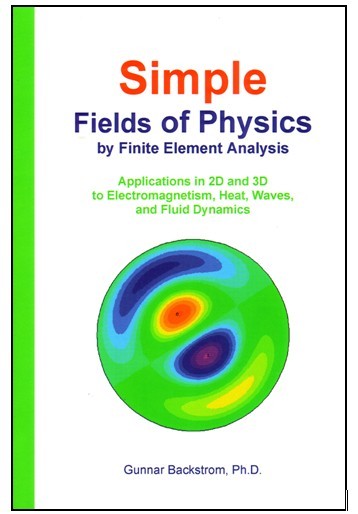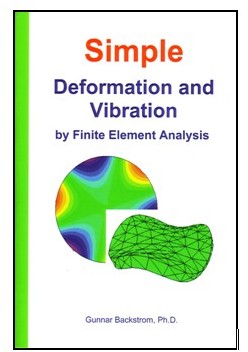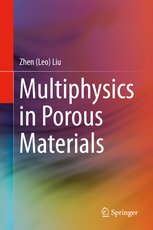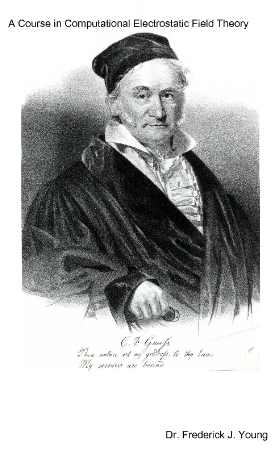| FREE DOWNLOADS | ||||||||
| ||||||||
|
|
Note: PDF documents can be read or printed by the Adobe Acrobat Reader, available free from www.adobe.com. ZIP files can be unpacked by most systems as well as WinZip or Zipper on Windows. |
|
Simple Fields of Physics by Finite Element Analysis (2012 Paperback, 322 pages)
|
|
The volume comprises 125 examples,
illustrated by plots, and there are also end-of-chapter exercises. |
|
Simple Deformation and Vibration by
Finite Element Analysis (2006 Paperback, 240 pages)
|
|
The dynamic analysis follows the same general pattern as the static counterpart, with the difference that the equations of equilibrium are replaced by Newton's law of motion. There are also chapters on resonant vibration, eigenvalues and eigenstates in both 2D and 3D. The volume comprises 95 examples, illustrated by plots,
and there are also end-of-chapter exercises. |
|
Multiphysics in Porous Materials |
|
This book is available for purchase in electronic form at Springer This material is also discussed on Dr. Liu's website at www.multiphysics.us |
|
A Course In Computational Electrostatic Field Theory |
|
The goal of this book is to enable students to use finite elements to solve many of the problems
of electromagnetic field theory that cannot be solved analytically by advanced mathematical analysis. This book is available for purchase in electronic form at
GooglePlay
and other online sources.
|
|
Methods of Mathematical Physics in Signal and Image Processing |
|
This e-book (in Russian) is available for purchase at GRIN Verlag. |




